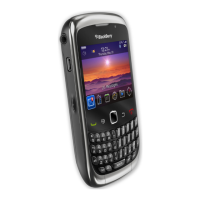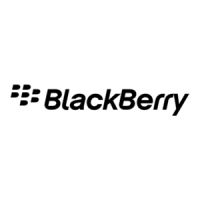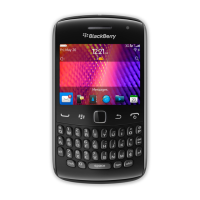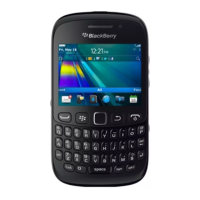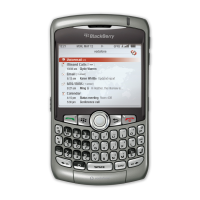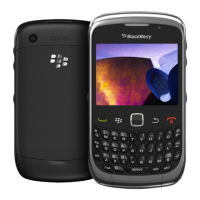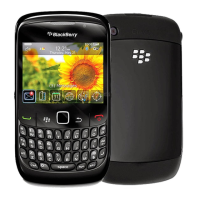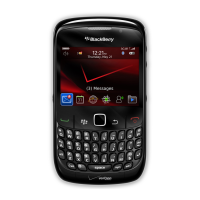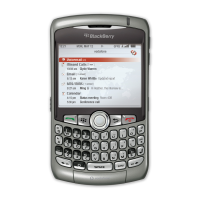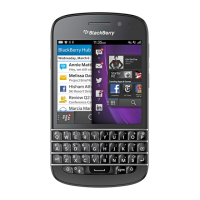Accessibility
You can help meet the needs of a diverse group of users by designing applications that people with disabilities or
impairments can use. In some cases, you might want to address specific accessibility needs of people with disabilities or
impairments. For example, you might want to develop an application that supports assistive technology, such as a screen
reader. In other cases, you might want to develop an application that can reach the widest possible audience. In this case,
following the best practices for designing accessible applications can benefit a broad range of users, including the typical
users of your application.
Best practice: Designing accessible applications
Guidelines for UI design
• Stay focused on users' immediate task. Display only the information that users need at any one moment. For example,
simplify data selection and presentation by displaying information in a logical order.
• Group components according to common usage or common functionality to minimize the cognitive load for users.
• Provide enough space between components so that users can distinguish one control from another.
• Use UI components consistently so that users can recognize common UI components easily. For example, use buttons
to initiate actions. Avoid using other components, such as hyperlinks, to initiate actions.
• If you are designing an application that supports an assistive technology device, such as a screen reader, and you do
not use BlackBerry UI APIs or support the Accessibility API, expose the unique UI components in your application
programmatically so that assistive technology can interpret the information.
Guidelines for navigation
• Indicate clearly the UI component that has focus. For example, use white text on a blue background.
• Where possible, allow users to use the keyboard to initiate the most frequently used actions in the application. For
example, allow users to press the Enter key to select a menu item.
• Where possible, inform users of important events, such as calendar reminders, in multiple ways. For example, provide a
sound effect and a visual notification for the reminder.
• Where possible, apply redundancy to provide users with multiple ways to interact with common actions. For example,
use the Menu key to allow users to access the full menu and a trackpad or touch screen to allow users to access the
pop-up menu.
• In each menu, set the default menu item as the item that users are most likely to select. The default item in the pop-up
menu should be the same as the default item in the full menu.
UI Guidelines Strategies
53
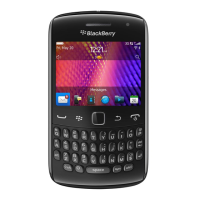
